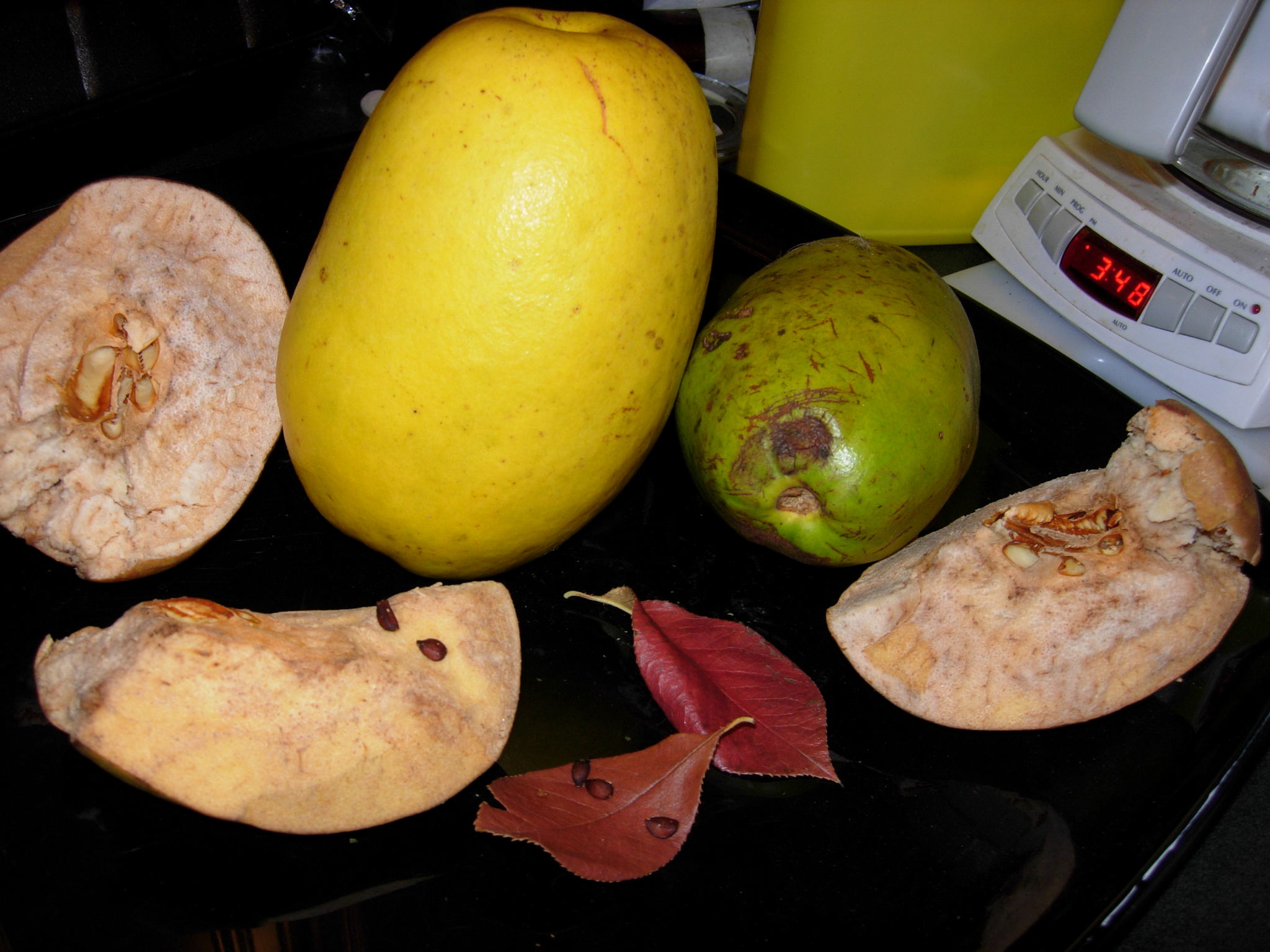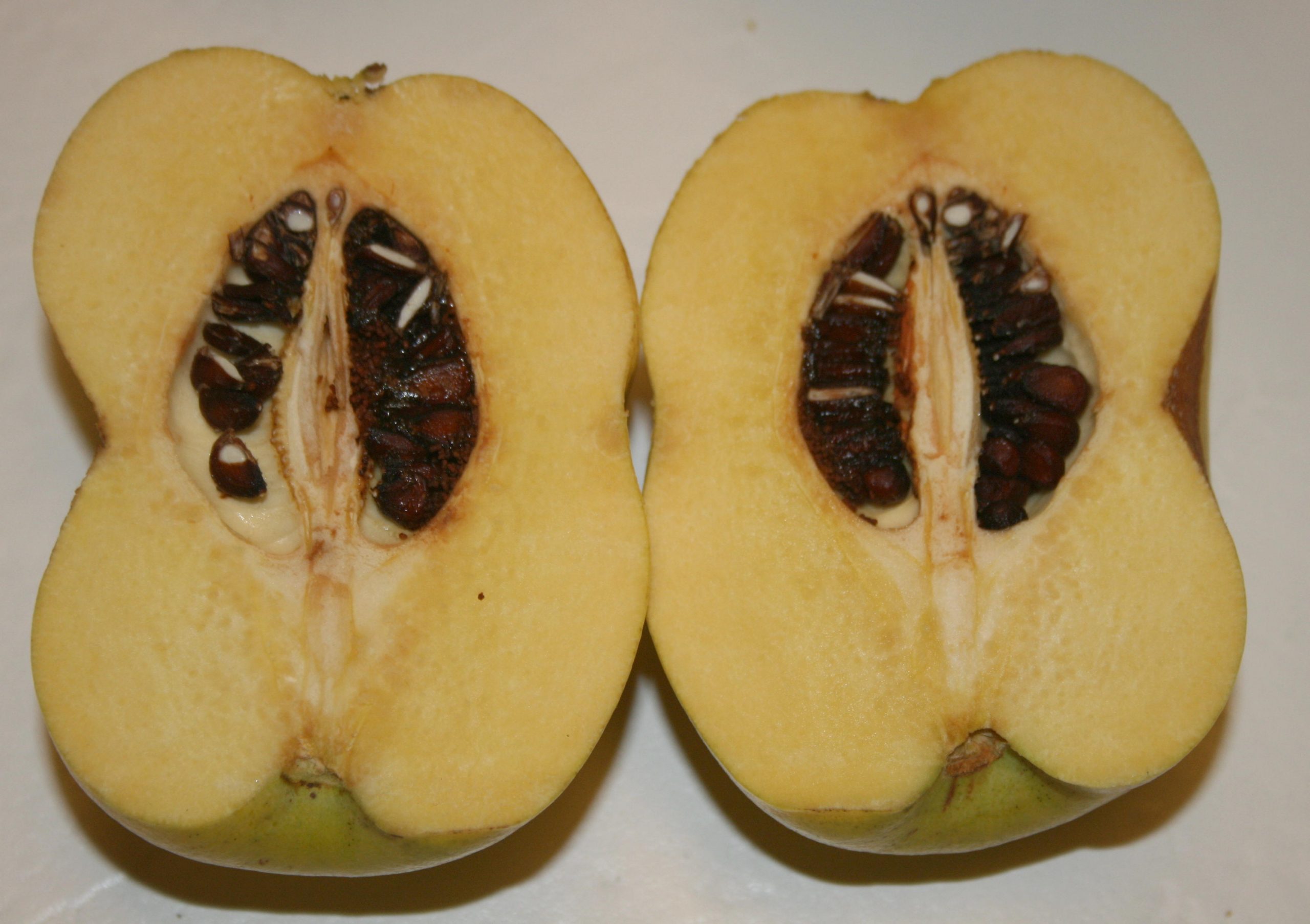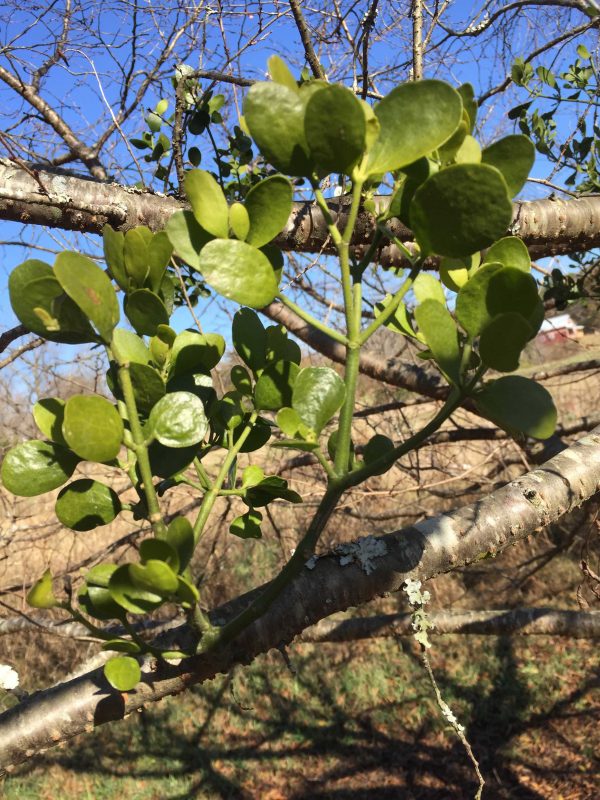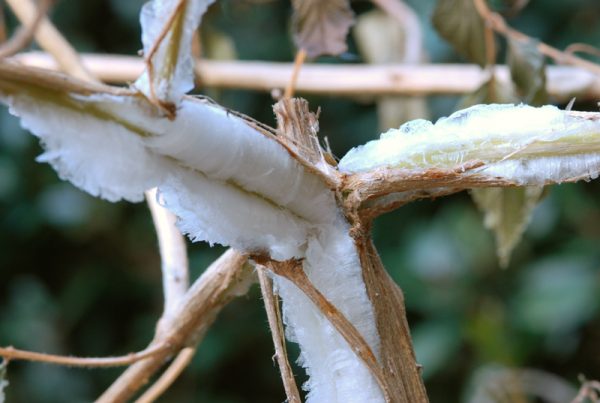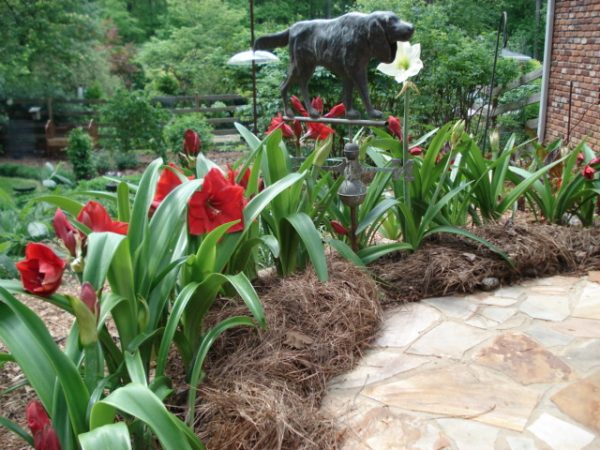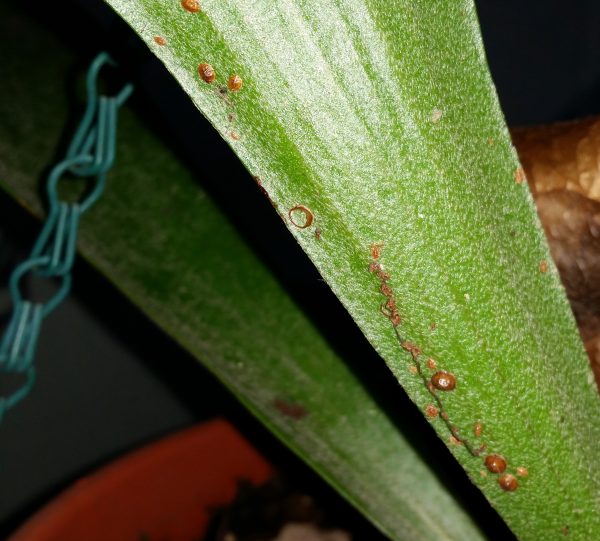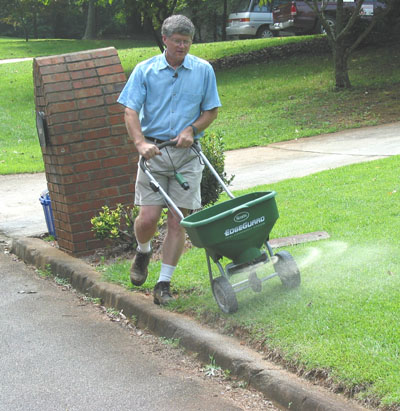Chinese Quince (Quincedonia) – Description

Q: I grew up in East Atlanta on the old Confederate Soldiers Home streetcar/bus line. In my grandmother’s back yard stood a gorgeous tree that she alternately referred to as a “quincedonia” tree and a quince tree. It was 20-25 feet, spotted bark with spikes, and the leaves were glossy. Its flowers in the spring were red-orange and very beautiful. The fruit was large, heavy and ugly – but uniquely fragrant.
My grandmother moved away from that house in 1963 following my grandfather’s death. I have never forgotten that lovely and unique tree, and now would like to know more about it and whether it is possible to purchase one.
A: I am so glad you wrote! A quincedonia is actually a Chinese quince, Pseudocydonia sinensis. Several types of quinces are grown in the South. Before there were super-sour candies, schoolchildren dared each other to eat a slice of tongue-torturing quincedonia fruit. As you note, it forms a small tree.
Flowering landscape quince, Chanomeles speciosa, Japanese flowering quince, Chanomeles japonica and European quince, Cydonia oblonga, are landscape plants whose flowers can be enjoyed and whose fruit can be used in jams and cooking.
Fruits of the Chinese quince are larger than other quince; they are round or pear-shaped and weigh up to 1 pound. They are very hard and are only edible when cooked.
I saw European quince trees in Croatia and their fruit has much more an apple or pear shape.
Your grandmother’s tree probably died from fire blight disease. If you plant a quince, check my website notes on how to manage fire blight.
See also Sources of Fruit Trees


